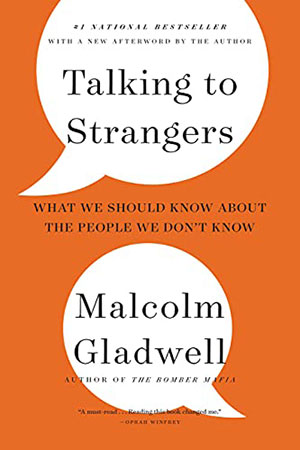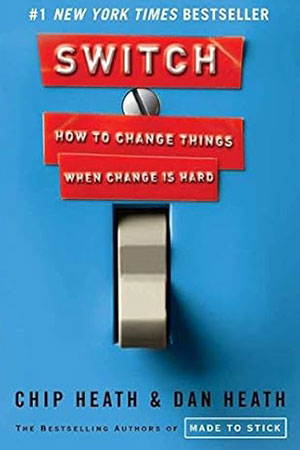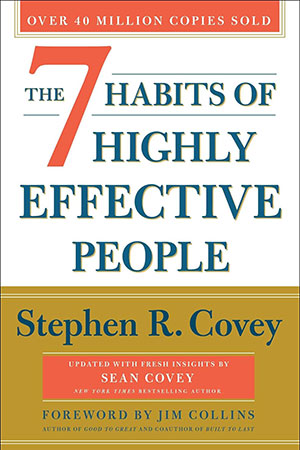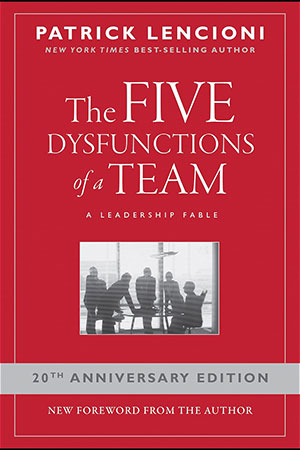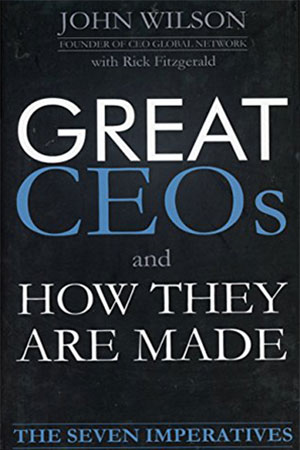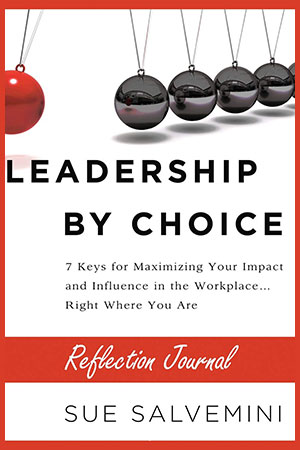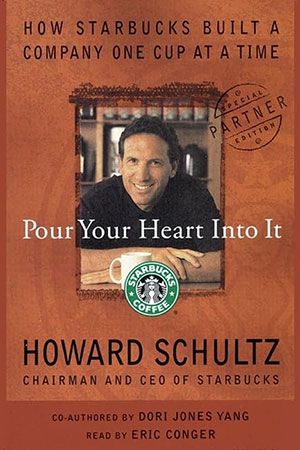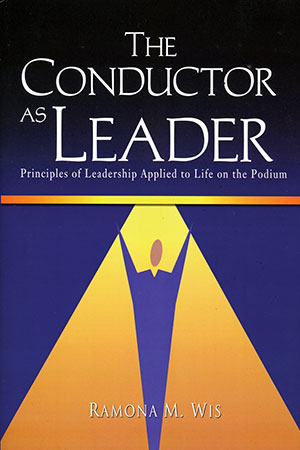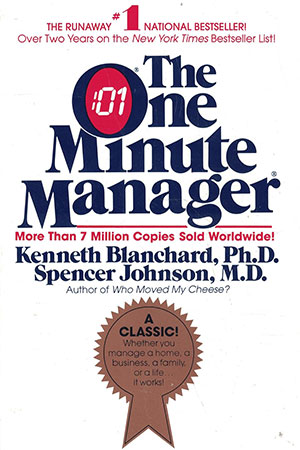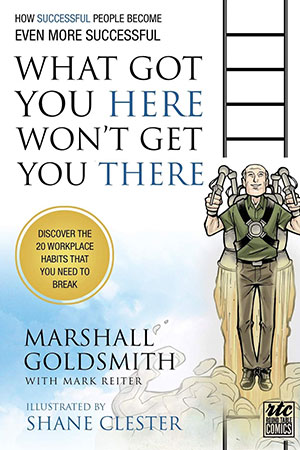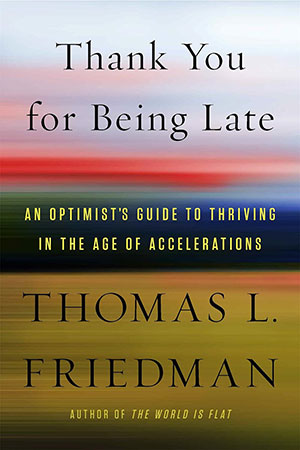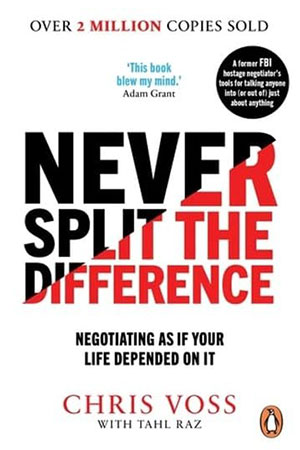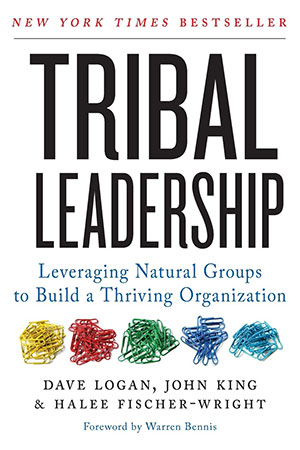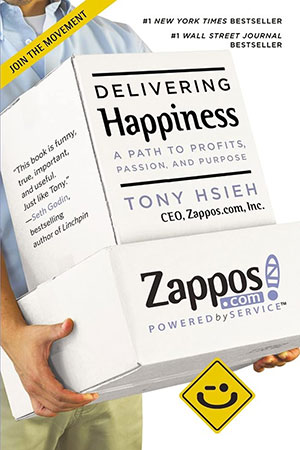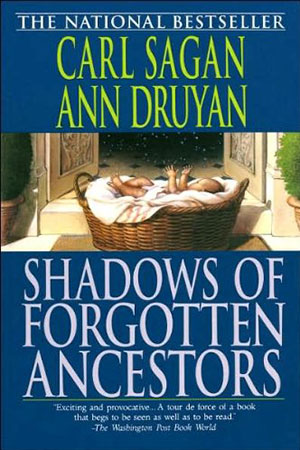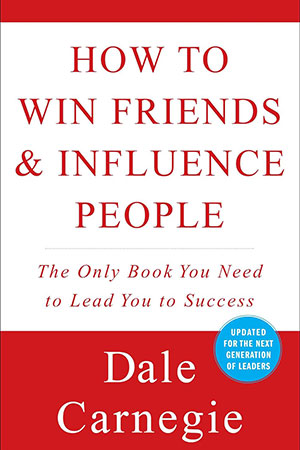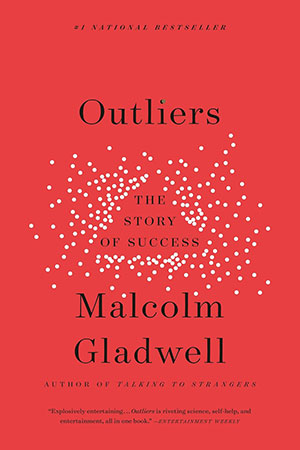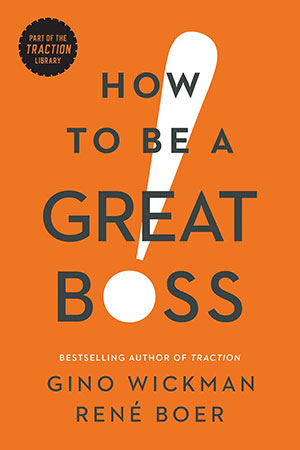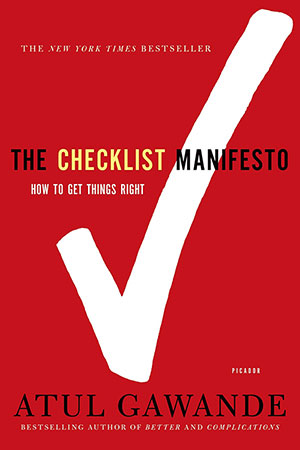The Library
In sharing our inspirations, we can help direct one another’s personal and professional development and that is core to what we aim to do at the CEO Roundtable.
Talking to Strangers – Malcolm Gladwell:
I started out reading the book for pleasure, not thinking it had much relevance to business leadership. But it does.
Gladwell is a big thinker and takes on big issues. His previous books, The Tipping Point, Blink and Outliers were great reads and stimulating of thought, and this book is no different.
He talks about how bad humans are at judging each other and categorizes a few ways in which we fail. He postulates that this individual weakness is actually necessary for the survival of our species and as such, less a “bug” than a “feature”. He reexamines both recent and historical stories we all recognize, where official and public judgments went horribly wrong. Sandra Bland, Amanda Knox, Bernie Madoff… even Hitler.
The takeaway is that to know these failings might make us just a bit better at digging deeper to understand why the person in the interview did not maintain eye contact, or appeared uncomfortable, or to better inform our business relationships and avoid sending the social misfit to jail or investing in the liar who appears truthful.
Entertaining and enlightening.
Switch, Chip and Dan Heath:
A great book on implementing change, and most valuable to me for the notion quoted from Jonathan Haidt’s book “The Happiness Hypothesis” of the psychological tug-of-war between our rational and emotional selves: one, the rational rider and one the 3-ton elephant of our unconscious. Who wins in a disagreement? The book then proceeds to talk about implementing change in terms of “Educating the Rider and Motivating the Elephant”.
Good to Great, Jim Collins:
This is a good resource on business strategy with a description of various strategies and how to think about them. Example; is your company a Hedgehog or Fox? Are you really good at one thing, or are you clever, nimble and adaptable?
Seven Habits of Highly Effective People, Steven Covey:
A seminal work on how to become more effective as a person, in business and in life. As relevant now as when it first appeared in 1989.
- Be Proactive
- Begin With the End in Mind
- Put First Things First
- Think Win/Win
- Seek First to Understand, Then to Be Understood
- Synergize
- Sharpen the Saw
The Five Dysfunctions of a Team, Patrick Lencioni:
This is the best book ever to frame the power of constructive teamwork. It reads like a novel, putting characters through their daily life at work and illustrating the behavior that characterizes poor teamwork. He builds a pyramid of characteristics of great teamwork, build on Trust.
Great CEOs and How They are Made, The Seven Imperatives, John Wilson:
I picked up a copy of this book at John Wilson’s event in Toronto that featured Patrick Lencioni. A practical and helpful guide on the never-ending journey to become a better CEO.
John operates the Global CEO Network based in Toronto. It is one of the groups with whom we have reciprocal arrangements. His book draws from his broad experience with his 400 members and includes interviews with many of them. He also includes a number of helpful resources and prescriptive checklists for leadership development.
- A great digest on topics like:
- How to improve your EQ
- How to inspire
- Building a Team
- Having and Building Accountability
- CEO Toolkit… KPI, TTM etc.
- Work/Life Balance
- The Peer Experience
https://www.amazon.com/s?k=great+ceos+and+how+they+are+made&ref=nb_sb_noss
Leadership by Choice, Sue Salvemini:
Sue has put together a thoughtful look at the nuts and bolts of effective leadership. Drawing from her experiences as a military officer, athlete, salesperson, mother and executive coach, she not only frames the elements of leadership in relatable, personal terms, but also provides a practical guide to transform her words into action. Her “Reflection Exercises” give permission to relate each chapter to your own situation, and the companion workbook hones and reinforces her message.
Pour Your Heart Into It, Howard Schultz:
Some years ago, I was given a book called “Pour Your Heart Into It (How Starbucks built a business one cup at a time). I was moved to write a rambling review which I edited for inclusion here.
The book is by Starbuck’s Chairman and CEO Howard Schultz and it tells the story of how his vision of providing Americans with a version of the Italian coffee experience excited him. His drive transformed a tiny premium coffee retail shop into one of the most successful corporations in the US. Schultz was not the founder of the original Starbucks, but joined the company in the mid 1980’s as marketing director. At that time, the mission of the company was to make available premium coffee beans, roasted more fully, in a way that brings out more flavor. This kind of bean (Arabica) and the longer process makes for a premium price, and the success of the business depends on the fact that some people can be educated to appreciate the difference and want to pay extra to buy the product. The founders were less interested in making money as they were in making the very best coffee. Schultz subscribed to this idea of “no compromises” and got the idea for serving brewed coffee in the shops while he was in Milan attending a trade show. He noticed a large number of coffee places where people were gathering, chatting and generally socializing in a way uncommon in America. He realized a need for a “third place” in the lives of social beings, a place neither home nor work. Schultz eventually bought Starbucks and he strove to make the company’s facilities fulfill such a role.
You can argue that he was in the right place at the right time, but he was smart enough to be there and diligent enough to pursue the vision when virtually all around him said it couldn’t be done.
Schultz maintains that the secret to success lies in simply understanding the need the company fills. In this case, the desire for a “third place” and a “coffee experience”, as opposed to just “selling coffee”. To provide that, you do different things than you would to just sell coffee. More training of employees was needed. In fact, he offered all employees stock in the company, and stopped calling them employees. They became partners. He continued the emphasis on the quality of the coffee, and on strict control of the channels through which it was sold. The design, location and décor of the stores was paramount. “Everything matters” became his mantra.
It’s a good read.
The Conductor as Leader, Ramona M. Wis:
Here is an excellent view of the orchestral conductor’s role as a leader. Though it deals with leadership in a specific discipline, it stands on its own as a good reflection of the skills and imperatives of good leadership in any realm. It’s an interesting and easy read, and belongs on the shelf of anyone serious about the art of leadership.
The One Minute Manager, Ken Blanchard & Spencer Johnson:
This is a silly little book. It is also an effective little book. By telling a few simple parables, the author Blakeley demonstrates the simplicity of the managers job, but the difficulty of doing it. A young protagonist (presumably the author) interviews a fellow identified only as “The One Minute Manager” and a few of his direct reports. Each sheds a bit of light on their particularly simple system of management, consisting of:
- 250 word written goals
- One minute praisings
- One minute reprimands
The goals are simple enough, and there are some rules about how to administer the praise and reprimand, which emphasize clear expression of joy or disappointment and affirmation in the case of reprimand that the disappointment is in the behavior, or result, and not the individual.
The message for me is that the job of management is different than the jobs being managed, and a job in and of itself. This is a central theme in most books on management, including this one.
What Got You Here Won’t Get You There, Marshall Goldsmith:
The title says it all. Marshall Goldsmith tells some of his experiences as a top executive coach based on the theme that many of his clients have characteristics that have made them successful, but those very same characteristics tend to get in the way of being an effective senior executive. For example, the attention to and passion for detail will tend to draw one into interfering in issues more properly delegated to a subordinate. So rather than effectively managing an employee, or contractor, or supplier with rewards, direction and motivation, the executive will do just the opposite in trying to solve a problem himself.
A great way to approach the evolving behavioral needs as a company grows. The entrepreneurial character is seldom able to take an organization past the start-up stage. Read this to get ideas to deal with an intransigent partner.
Godel, Escher, Bach: An Eternal Golden Braid, Douglas Hofstadter:
A cerebral book in the style of Lewis Carroll exploring the self-referential loopiness that makes us human. Useful in a general understanding of human behavior and interaction. Not a page-turner but fun to read in small bites.
Thank You For Being Late, Tom Friedman:
…a highly readable analysis of the rate of change of technology and societal norms vs. our ability to absorb them. What happens when we pass the point where the two meet?
Never Split The Difference, Chris Voss:
Voss was an FBI hostage negotiator so he understands when he says “negotiate as if your life depended on it”. He shares invaluable tips on how to get what you want in a negotiation and make the other party happy to give it.
Tribal Leadership, Dave Logan, John King and Halee Fischer-Wright:
Great insight into our social tendencies to form “tribes” and how to use that in the workplace.
Delivering Happiness, Tony Hsieh:
The Zappos success story and lessons derived. A fun read with some good lessons and inspiration when times are tough.
Shadows of Forgotten Ancestors, Carl Sagan and Ann Druyan:
One of my favorite books. Its about human nature and the thin veneer of civilization over millennia of evolutionary behavioral development.
How to Win Friends and Influence People, Dale Carnegie:
A bit outdated in its language, but still relevant in it’s keep observation of how people respond to one another. Required reading.
Outliers, The Story of Success: Malcolm Gladwell:
Reading anything by Gladwell will not be a waste of time, but this book is among the most relevant. What does it take to be great at something? Through entertaining stories, he tells us.
How to be a Great Boss by Gino Wickman:
In How to Be a Great Boss, Gino Wickman and Rene’ Boer present a straightforward, practical approach to help bosses at all levels of an organization get the most from their people. They share time-tested tools that have worked for more than 30,000 bosses in every industry.
The Checklist Manifesto by Atul Gawande:
In his latest bestseller, Atul Gawande shows what the simple idea of the checklist reveals about the complexity of our lives and how we can deal with it.He makes a compelling argument that we can do better, using the simplest of methods: the checklist. In riveting stories, he reveals what checklists can do, what they can’t, and how they could bring about striking improvements in a variety of fields.

CEO Roundtable is made up of private, peer advisory groups of 8 to 12 members from non-competing companies. These peer groups provide a forum for invigorating exchanges of information, ideas, and insights.

